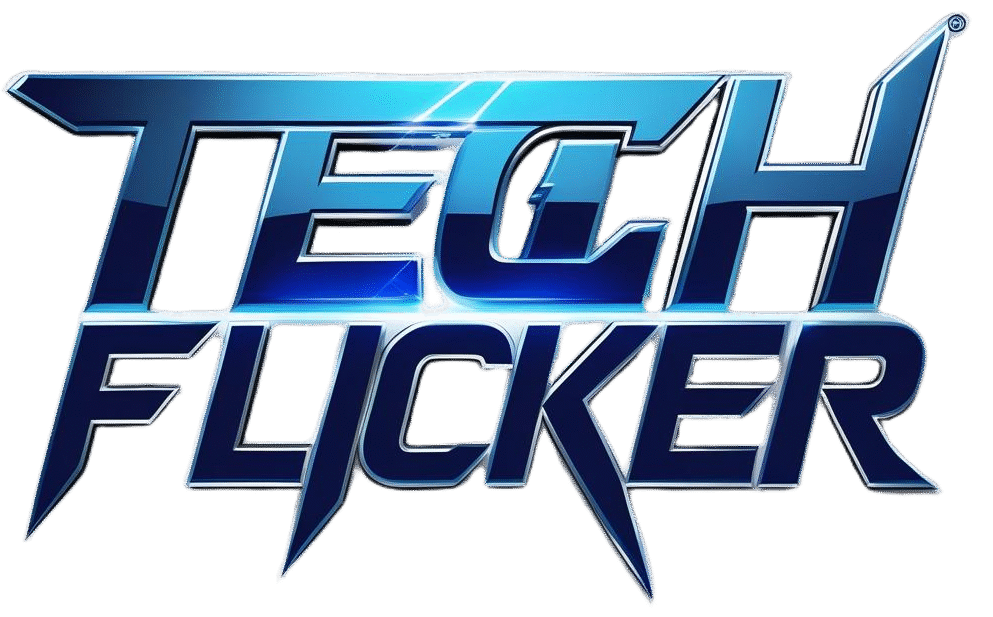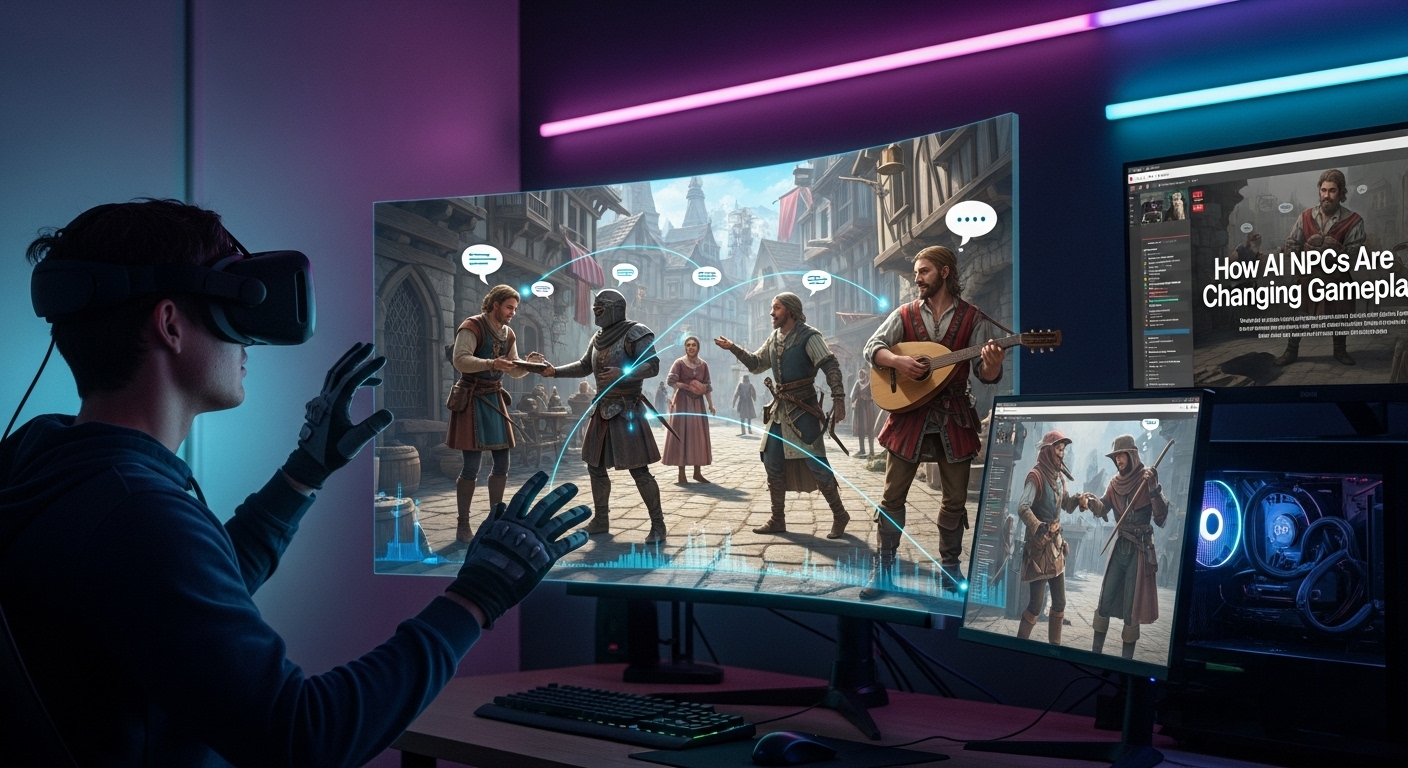Introduction to the Fusion of Cosplay and Gaming
The world of cosplay and gaming is a unique and fascinating space where creativity, imagination, and passion converge. Both cosplay and gaming share a deeply immersive quality that allows individuals to step outside the boundaries of everyday life and enter universes filled with adventure, heroism, and limitless possibilities. Gaming offers players the chance to embody characters, explore virtual landscapes, and live out extraordinary scenarios, while cosplay brings those same characters and stories to life in the real world through costume design, performance, and personal expression. Together, these two subcultures have grown into global movements that influence entertainment, media, art, and even mainstream culture. Understanding the interplay between cosplay and gaming is essential to grasp how communities of fans connect, express themselves, and celebrate creativity in today’s interconnected digital age.
The Origins of Cosplay in Popular Culture
The term cosplay originated in Japan in the 1980s, derived from the words costume and play. However, the practice of dressing up as fictional characters predates the term itself. Fans attending science fiction conventions in the 1930s and 1940s in the United States were already dressing in elaborate outfits inspired by films, books, and comics. With the rise of anime, manga, and video games, cosplay quickly spread across the globe, evolving from a niche practice into a worldwide phenomenon. Gaming characters, from arcade classics to modern-day RPG heroes, provided endless inspiration for fans. The artistry of cosplay lies not only in sewing costumes or creating armor but also in embodying the spirit of a character, adding a performative dimension that sets it apart from simple costuming.
The Role of Gaming in Inspiring Cosplay
Video games have been a driving force behind the explosion of cosplay culture. Unlike books or films, games allow players to actively engage with characters, forging deep emotional connections. This interactive element creates a natural bridge to cosplay, as fans often want to bring their in-game personas to life. Iconic characters such as Link from The Legend of Zelda, Lara Croft from Tomb Raider, or Cloud Strife from Final Fantasy have inspired countless cosplayers over decades. More recently, characters from franchises like Overwatch, League of Legends, and Genshin Impact have become staples at conventions, thanks to their vibrant designs and rich lore. Gaming provides a constant flow of new characters, costumes, and universes for cosplayers to explore, ensuring the relationship between the two cultures continues to thrive.
The Craft of Cosplay: Art Meets Gaming
Cosplay is more than just dressing up; it is an art form that requires skill, patience, and creativity. Gamers who turn into cosplayers often find themselves learning entirely new crafts, from sewing intricate garments to molding armor with thermoplastics or foam. The attention to detail is immense, as gamers strive to replicate pixel-perfect costumes. Many cosplayers go beyond replication, choosing to redesign or reinterpret gaming characters, blending creativity with homage. This process demonstrates the artistic versatility that cosplay demands. The craft of cosplay also provides a tangible connection to gaming worlds, allowing fans to physically manifest the digital experiences they cherish. For many, building a costume becomes a journey of self-expression and artistic growth, fueled by their love for gaming.
Gaming Conventions and the Rise of Cosplay Events
Conventions dedicated to gaming, anime, and pop culture have become the heartbeat of cosplay communities. Events like Comic-Con, Gamescom, PAX, and BlizzCon attract thousands of attendees, with cosplay competitions being major highlights. These gatherings allow fans to showcase their work, celebrate their favorite characters, and meet others who share their passions. Gaming companies themselves now recognize the power of cosplay, often hosting official contests, sponsoring cosplayers, or featuring them in promotional events. The rise of streaming and social media has amplified these conventions, as cosplayers share their experiences online, inspiring others across the world. The symbiotic relationship between conventions, gaming, and cosplay has created a global stage where creativity and fandom intersect in spectacular ways.
Social Media’s Role in Expanding Cosplay Culture
The digital age has revolutionized how cosplay and gaming are experienced. Platforms such as Instagram, TikTok, and YouTube have allowed cosplayers to share their creations with massive audiences, far beyond the confines of conventions. Gamers who once admired characters privately can now connect with cosplayers who bring those characters to life with stunning accuracy. Tutorials, behind-the-scenes processes, and live streams have made cosplay more accessible, encouraging new participants to join the community. Social media has also given rise to cosplay influencers, many of whom collaborate with gaming companies to promote new releases or events. This digital visibility has blurred the line between professional and hobbyist, expanding the reach of cosplay culture and solidifying its role in gaming communities.
The Psychology of Becoming a Character
One of the most compelling aspects of cosplay lies in the psychological immersion it offers. When gamers step into the costumes of their favorite characters, they often report feelings of empowerment, confidence, and emotional connection. Cosplay allows individuals to explore parts of their identity that might remain hidden in daily life. Dressing as a hero can inspire courage, while embodying a villain can provide a safe space for exploring darker aspects of personality. For many, cosplay is not only an artistic outlet but also a form of personal therapy. By physically becoming the characters they admire in games, cosplayers blur the boundary between reality and fantasy, creating a deeper bond with the stories they love.
Representation and Diversity in Gaming Cosplay
The expansion of gaming has introduced a wide range of characters representing different cultures, genders, and identities. This diversity has empowered cosplayers to express themselves authentically while also challenging stereotypes. Cosplay communities are increasingly inclusive, celebrating creativity regardless of body type, ethnicity, or gender. Many cosplayers adapt characters to reflect their own identities, whether through gender-bending interpretations or culturally specific designs. This inclusivity not only strengthens the sense of belonging within the cosplay and gaming world but also reflects broader societal shifts toward acceptance and diversity. Gaming and cosplay together have become platforms for celebrating individuality and redefining traditional notions of representation.
The Economic Impact of Cosplay in Gaming Culture
Beyond being a hobby, cosplay has evolved into an industry with significant economic impact. Many cosplayers sell their costumes, props, and accessories, while others make a living through sponsorships, appearances, and online content. Gaming companies have also tapped into cosplay as a marketing strategy, recognizing the enthusiasm it generates. For example, when a new game is released, professional cosplayers may be hired to create and wear costumes at promotional events. This creates a feedback loop where gaming fuels cosplay, and cosplay in turn fuels gaming hype. The financial opportunities within this ecosystem demonstrate how creativity and fandom can transform into viable careers, further cementing cosplay’s place in the gaming world.
Challenges in the Cosplay and Gaming Community
While the world of cosplay and gaming is vibrant, it is not without challenges. Cosplayers often face criticism or harassment, particularly online, where anonymity can breed negativity. Issues of gatekeeping also arise, with some individuals questioning the authenticity of cosplayers who do not meet specific physical standards or who reinterpret characters in unique ways. Additionally, the costs of materials, time, and travel can be significant barriers for newcomers. Despite these obstacles, the resilience of the community has led to ongoing conversations about inclusivity, respect, and the importance of supporting creativity in all its forms. These challenges, while real, have not diminished the passion of those who continue to embrace cosplay and gaming with enthusiasm.
The Future of Cosplay and Gaming
Looking ahead, the world of cosplay and gaming shows no signs of slowing down. Advances in technology, such as augmented reality, 3D printing, and virtual cosplay experiences, are already reshaping how fans engage with their favorite characters. Gaming itself continues to evolve, providing richer narratives and more intricate designs that inspire new waves of cosplayers. As esports grows in popularity, cosplay has also found a place in competitive gaming spaces, bridging two communities that thrive on performance and spectacle. The future promises an even deeper integration of cosplay and gaming, with more opportunities for collaboration, innovation, and cultural impact on a global scale.
Conclusion: Celebrating Creativity and Community
The world of cosplay and gaming is a celebration of imagination, creativity, and community. It demonstrates the power of storytelling to inspire real-world expression and the ability of fans to bring virtual worlds into tangible existence. From the artistry of costume-making to the emotional connection of embodying characters, cosplay enriches the gaming experience in profound ways. Gaming provides the source material, and cosplay transforms it into living art. Together, they create a cultural movement that transcends boundaries, uniting people from all walks of life under the shared love of characters, stories, and play. As the boundaries between digital and physical continue to blur, cosplay and gaming will remain vital spaces for expression, identity, and celebration of the human imagination.


